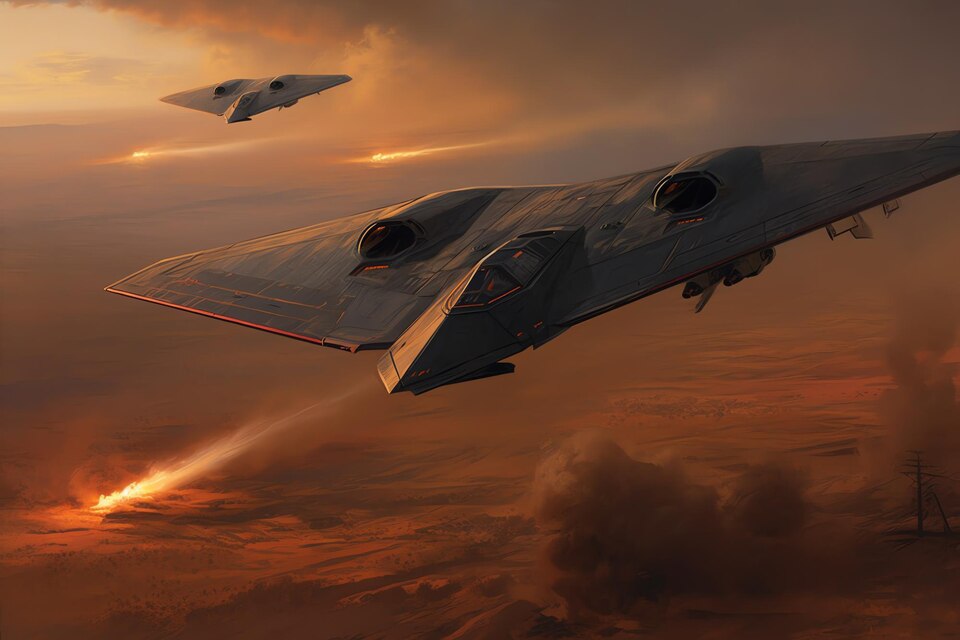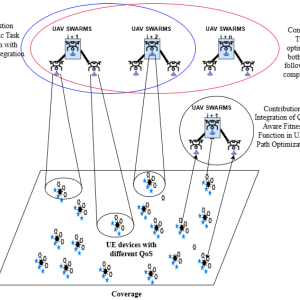
Integrating Hypersonic Missiles with Aircraft: Revolutionizing Aerial Warfare
In the ever-evolving landscape of military technology, the integration of hypersonic missiles with aircraft stands out as a game-changing innovation. This groundbreaking advancement is reshaping the future of aerial warfare by elevating the speed, precision, and effectiveness of military operations worldwide.
The Rise of Hypersonic Missiles: A Paradigm Shift
The Hypersonic Advantage
Hypersonic missiles have emerged as a disruptive force in modern military strategy, thanks to their exceptional speed and maneuverability. Unlike traditional ballistic missiles, hypersonic missiles travel at speeds exceeding Mach 5, making them extremely difficult for traditional air defence systems to intercept. This unmatched velocity equips military forces with the ability to strike distant targets with unprecedented speed and precision.
Bridging the Aircraft-Missile Gap
The integration of hypersonic missiles with aircraft marks a pivotal advancement in addressing the limitations of existing missile delivery systems. By combining the agility and reach of aircraft with the unparalleled speed of hypersonic missiles, military strategists are achieving a synergy that enhances both offensive and defensive capabilities.
The Significance of Hypersonic Missile Integration
A New Dimension of Speed
The integration of hypersonic missiles with aircraft unlocks a new dimension of speed in aerial operations. These missiles can cover vast distances in mere minutes, enabling military forces to respond rapidly to emerging threats and engage time-sensitive targets. The element of surprise coupled with exceptional velocity gives commanders a crucial advantage on the battlefield.
Precision Strikes Redefined
Precision strikes are the hallmark of modern warfare, and hypersonic missile integration takes this concept to an entirely new level. With their ability to manoeuvre during flight and adjust the trajectory, hypersonic missiles can accurately target fortified bunkers, moving vehicles, and even naval vessels. This precision minimizes collateral damage and maximizes the impact of each strike.
Advanced Defense Advantages and Challenges
Evolving Defense Strategies
As military forces embrace hypersonic missile integration, defence strategies are evolving to counter the threat. Advanced radar systems, space-based sensors, and real-time data analysis are being employed to detect and track hypersonic threats. Additionally, the development of countermeasures and interceptor systems aims to neutralize hypersonic missiles before they reach their targets.
The Technological Challenge
The integration of hypersonic missiles with aircraft presents technological challenges that demand innovative solutions. The extreme temperatures generated during hypersonic flight, the need for advanced guidance and control systems, and the engineering complexities of ensuring safe and reliable launches all require focused research and development efforts.
In conclusion, the integration of hypersonic missiles with aircraft marks a watershed moment in the evolution of military technology. By harnessing the power of exceptional speed and precision, this innovation is poised to reshape the dynamics of aerial warfare. As military forces continue to explore the potential of hypersonic missile integration, the future holds promise for enhanced security, strategic advantage, and unprecedented capabilities on the modern battlefield.
FAQs
Q1: What are hypersonic missiles?
A1: Hypersonic missiles are high-speed weapons that travel at speeds exceeding Mach 5, making them extremely difficult to intercept and providing rapid strike capabilities.
Q2: How does hypersonic missile integration benefit aerial warfare?
A2: Integrating hypersonic missiles with aircraft enhances speed, precision, and effectiveness in military operations, enabling rapid response and precision strikes.
Q3: How do hypersonic missiles challenge defence systems?
A3: Hypersonic missiles challenge defence systems due to their exceptional speed and manoeuvrability. Advanced sensors and countermeasures are being developed to address this challenge.
Q4: What are the technological challenges of hypersonic missile integration?
A4: Challenges include managing extreme temperatures, developing advanced guidance systems, and ensuring safe and reliable launches.
Q5: How does hypersonic missile integration shape future warfare?
A5: Hypersonic missile integration transforms aerial warfare by offering rapid response, precision strikes, and enhanced offensive and defensive capabilities.










